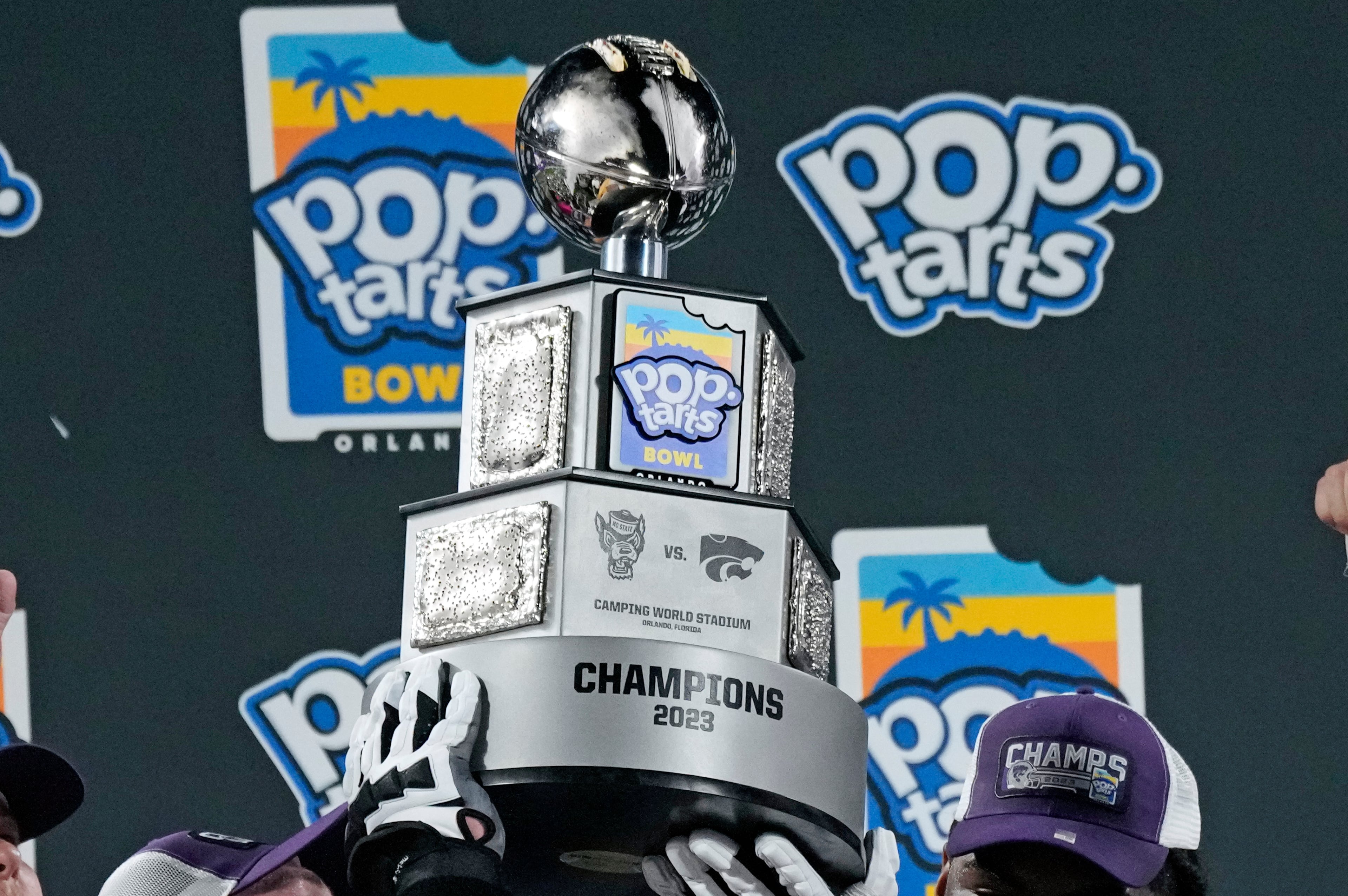NCAA can’t reform with so many private agendas
It was another interesting week in the executive suite of college athletics. Imagine turning a school of kindergarten to fifth graders loose in a “Toys ’R’ Us” and expecting them to come to an agreement on what toys they should play with first.
The Pac-12’s presidents sent a letter to the presidents from the other four “power” conferences that outlines their 10-point plan for college sports nirvana, at least as they visualize nirvana in Los Angeles, Eugene and Pullman.
The SEC and Big Ten did not totally dismiss the letter, but they made it clear they have their own agenda and they’re seeking conference autonomy. The SEC’s Mike Slive sent me an email in which he effectively gave the Pac-12 a nice pat on the head, while adding, “While I don’t necessarily concur with all of their proposals, it is encouraging that we are all working toward an environment that puts the student-athlete front and center.”
(Because it’s all about the kids. Just ask the litigators.)
Nobody, however, was more amusing in front of a microphone than Boise State president Bob Kustra. The man is a chameleon — Gordon Gekko when he thinks he can be, small-town factory worker when it’s convenient. Boise State’s recent history of conference-hopscotching illustrates the mine-mine-mine mentality that permeates college athletics. Kustra orchestrated the school’s move from the Mountain West Conference to the Big East in football and the Big West in all other sports — solely in the belief that the Big East would be a power conference — only to back out of the deal when Big East’s blueprint went up in flames. (Long story.) Now Boise State will have to pay an exit fee of up to $5 million.
Kustra casts himself as someone who's looking out for the hamlets of academia. He says proposed NCAA reforms are costly and "excessive," telling the Idaho Statesman: "The Big Ten and the SEC are designing these reforms to try to leave some people behind. This is about leaving the Boise States behind and making sure the Alabamas and the Tennessees can march right along."
Men in suits, fighting in the sandbox.
The NCAA is on some windy path to reform. But I have less confidence than ever that the problems of college athletics will be solved. The NCAA is more often a punchline than a voice of reason these days. President Mark Emmert has struggled to inspire confidence among his constituents. Meanwhile, the college presidents are divided — not just between the haves and have-nots, but from one major conference to the next.
The college presidents want to take control. But we’re supposed to believe they can fix this?
Does anybody remember how we got here?
These are the same presidents who hid behind their walls of doctorate degrees and approved expanded schedules and late night, mid-week games. They signed off on deals with TV networks and bowl executives, thinking revenue first and academics second (if then). They ran their department of “amateur” athletes like pro sports, and then feigned surprise when it all jumped the rails.
College football and basketball is capitalism at its best — or maybe at its worst, because the employees who make it all possible don’t get paid. And you laugh at the NLRB saying the Northwestern players can unionize?
Please, don’t come to me with the, “But they-get-an-education argument.” That one ended several billion dollars ago.
We’re less than 100 days from the start of the college football season. I’m certain you would rather read about the Georgia-Clemson game or the sport’s first true playoff than this. But if the NCAA doesn’t get reform right, nothing else works. There will be more anti-trust lawsuits, more athlete revolts, more conference Armageddon.
The NCAA finally has come to the realization that being a multi-billion-dollar non-profit isn’t going to fly any more. The problem is that everybody, from the five major conferences to the smaller schools to whatever Boise State is has their own agenda.
The NCAA is at least acting like it wants to do the right thing. The value of scholarships must increase (sorry, Bob). But resolution will be a problem because everybody still has their own agenda.
The SEC doesn’t care about the ACC’s, Big Ten’s, Big 12’s or Pac-12’s happiness. They care about their 14 member schools. Each conference wants only what will benefit their dozen or so corporations.
A number of the Pac-12’s proposals make sense: increasing the value of scholarships (read: stipends); increasing insurance coverage; guaranteeing scholarships as long as the student is in good academic standing; liberalizing transfer rules. A proposal to return to a freshman-ineligible rule if the NBA doesn’t raise its draft-age minimum to stop one-and-dones is admirable, even if unlikely.
This one is interesting: “Decrease the demands placed on the athlete in-season; correspondingly increase the time available for studies and campus life by preventing the abuse of organized ‘voluntary practices’ … and more realistically assess the time away from campus and other commitments during the season.”
Sure. You tell Nick Saban.
The Pac-12’s letter reads, “The time for tinkering with the rules and making small adjustments is over.” On that, we can all agree. But the presidents and conferences have been operating independently for years, and there’s no reason to believe they’re going to come together now.


